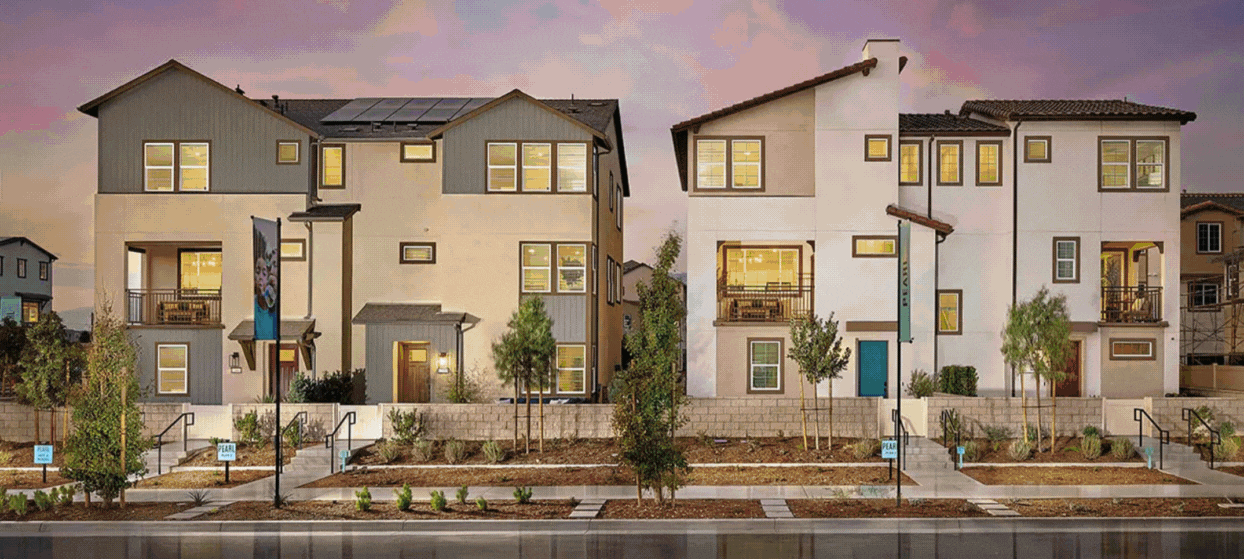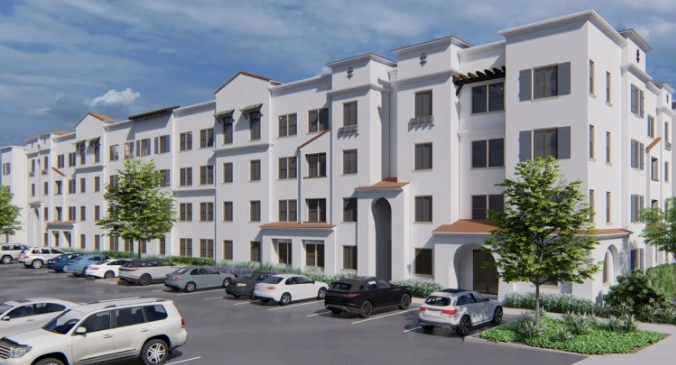Pacific Coast Builders Conference San Francisco, California June 25-26, 2014
“Take-away” commentary provided by Bob Sharpe of Sharpe and Associates.
Pacific Coast Builders Conference
My son Jeremy and I recently attended the Leader to Leader Forum at the Pacific Coast Builders Conference (PCBC) and there was a pervading feeling of optimism at the meeting. In my view, that same sense of confidence can be cautiously applied to the Tucson market, particularly for communities that provide the amenities and segmentation that appeal to a variety of buyers.
At Leader to Leader, the best housing economists and analysts in the country, including John Burns, Mark Zandy, Ivy Zellman and Stan Humphries reassured us that the next three year perspective on housing looks good, that most markets will continue to be undersupplied, and that a slowing in the pace of home value gain will make the recovery more sustainable. The main risk to this rosy scenario is any negative impact from rising interest rates on housing affordability that isn’t offset by a better job market, easing mortgage qualification standards, and positive demographic trends.
The current recovery has been fueled by a huge reset in home prices, low mortgage interest rates and housing inventory constraints due to negative equity. As the pipeline of foreclosures, short-sales and bank-owned properties has been reduced, there has been a significant drop in distressed sales and a corresponding improvement in the housing market. With employment and income growth slowly strengthening, consumer confidence and spending should also increase and new home construction should continue to improve.
Traditional buyers are returning to the housing market as investor buyers retreat, as indicated by the increasing number of listings and decreasing number of distressed sales, conditions that should continue to lead to increased sales at higher prices, (although not at the same rate of growth). The dramatic rise in home equity also means more homeowners are in positions to put their homes on the market, which should continue to increase supply and eventually boost trade-up activity. (However, many move-up buyers may elect to “just stay put” based on the higher cost of a better home and a new mortgage.) Even the first time home buyer will be back as job security strengthens.
I liked the positive mood of the builders too, and the fact that many master planned community (“MPC”) developers are putting big infrastructure “bets” down based on their belief that lot buyers (and home buyers) will be there in the future. There was a general sentiment that there aren’t enough lots to satisfy demand and that developers can maximize their lot pricing by making it easier and safer for the nationals to do business in their communities. However, Steve Hilton, the C.E.O. of Meritage Homes, cautioned that “land prices have gotten ahead of home prices.”
Based on the temporary pause in the market over the last six months, the three most important things for home builders today have become “velocity, velocity, velocity.” MPCs that can “take the risk out of the equation” for builders, by offering both inventory and a predictable home sales pace, will fare best. However, a slower sales pace can also be offset by more favorable underwriting since “it’s not about bad assets, it’s about bad pricing,” according to Steve Benson, the C.E.O. of Community Development Capital Group. Although sometimes more costly, lots located in an MPC can offer more certainty and Sheryl Palmer, the C.E.O of Taylor Morrison, feels that they can have an important place in a balanced lot portfolio of a national home builder .
Since a homeowner’s identity is often tied to where he or she lives, most buyers still want communities with amenities – they just don’t want to pay for them. Indeed, developers’ recent “less is more” attitude toward amenities is reverting back to the view that a MPC should be launched with the construction of significant amenities upfront, to create value and differentiate the community from the competition.
In addition to a renewed interest in amenity construction, it’s back to the future for MPC developers, with a returning emphasis on market segmentation by buyer lifestyles and home sizes. The risk with stand-alone subdivisions in hot markets, like Chandler and Northwest Tucson, is that there is a lack of product and consumer segmentation when all builders offer the same lot size and home price, in order to go after the same customer. As Allan Merrill, the C.E.O. of Beazer Homes said, “It’s the thing that isn’t competing with you today, that will be competing with you tomorrow, that will be a problem.” (Generally speaking, builders don’t mind competition in a MPC as along as all of the amenities are in place and the other builders “play nice.”)
Although it is still difficult to match capital and opportunities, considering short term money and long term deals, investors appear to be lowering their return expectations while becoming more patient. The high “hurdle rates” required by real estate equity investors are still proving to be “headwinds” for land developers who eventually want to share in the deal’s profits, rather than just work for fees. The big unknown for builders and developers right now is whether “the market will cooperate” in justifying the big investments that everyone is making.
Related resources
Explore news
Explore what’s possible with your land
Whether you’re buying, selling, or planning ahead—our team is here to help you navigate your next land decision with confidence.
Contact us
Land Advisors Organization Land Ad
Land Advisors Organization Land Ad
Land Advisors Organization Land Ad
Land Advisors Organization Land Ad
Land Advisors Organization Land Ad
Land Advisors Organization Land Ad



